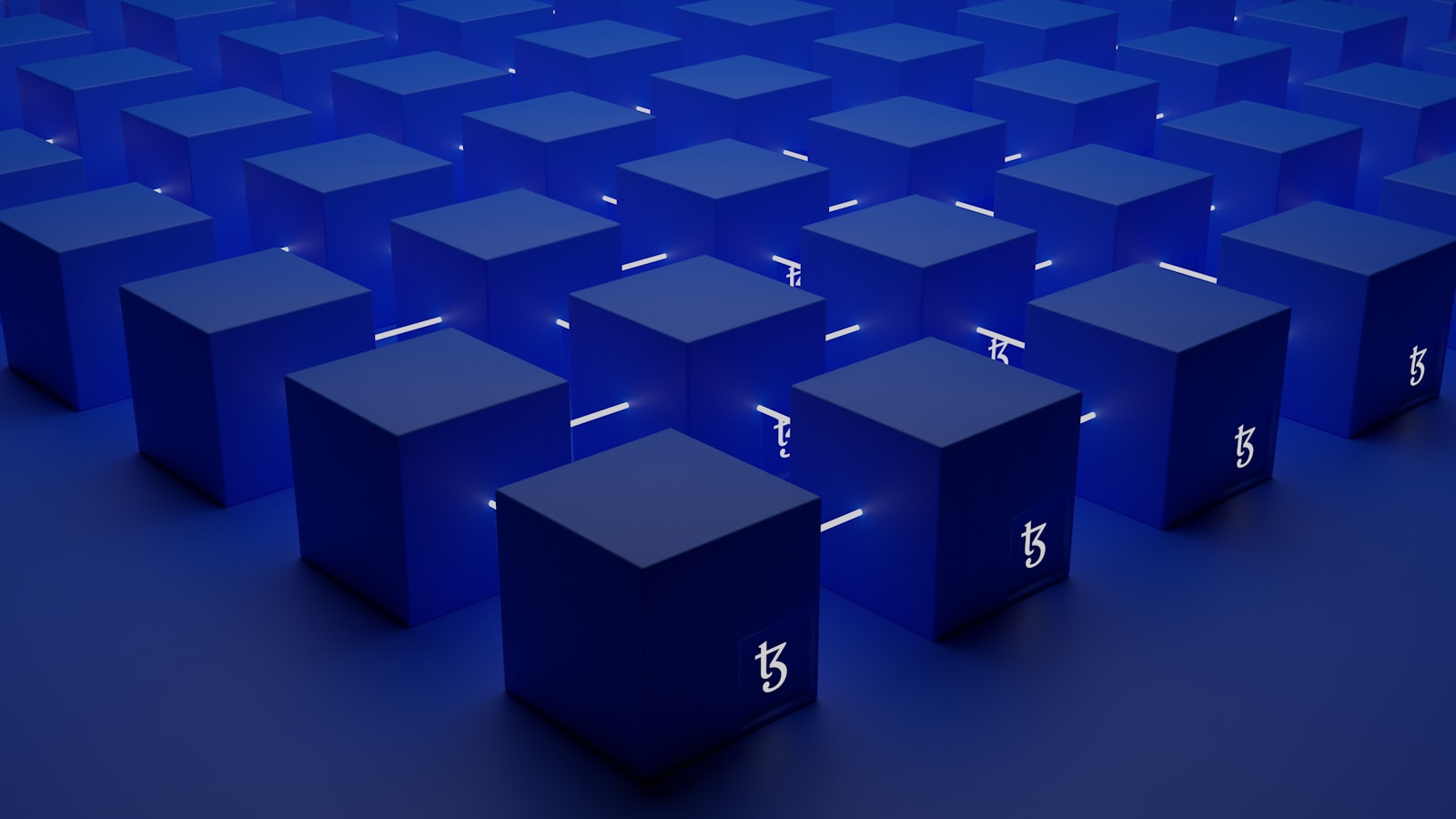What Is Blockchain?
A Shared, Decentralized Ledger
At its core, a blockchain is a shared digital ledger. Think of it as an enormous spreadsheet. But unlike the one on your laptop, this spreadsheet is not controlled by a single person, company, or government. Instead, a blockchain is distributed across thousands (or millions) of computers globally. Each copy of the ledger is synchronized, verified, and protected through cryptography.
Blocks and Chains
What makes blockchain unique is its structure. Information is stored in “blocks”—digital containers—linked together in a chronological “chain.” Each block holds a set of data (like financial transactions or smart contract executions), along with a reference to the block before it. This linking of blocks ensures that once data is added, it becomes nearly impossible to manipulate without altering the entire chain.
How Blockchain Works
Decentralization and Consensus
Unlike traditional systems where a single server or authority validates data, blockchain relies on a decentralized network. These computers—referred to as nodes—work together to reach an agreement (or consensus) on the validity of new data before it’s added to the ledger. Blockchain’s most common consensus mechanisms include “Proof of Work” (used in Bitcoin) and “Proof of Stake.”
Cryptographic Security
Security on the blockchain goes beyond locking the front door. Information is secured using advanced cryptography, meaning data is encoded in a way that only authorized individuals can decode it. For added safety, each block has a “hash,” a unique fingerprint-like code, so the entire ledger knows if any block in the chain becomes compromised.
Why Blockchain is Transformative
Transparency
Every transaction on a blockchain is visible to its network, and yet, the people involved can remain anonymous. This transparency makes fraud and tampering not just difficult, but often impossible.
Immutability
Once data is entered into a blockchain, it’s unchangeable. Whether it’s tracking financial transactions, supply chain movements, or documenting ownership, this feature ensures a trustworthy system that doesn’t rely on human correction.
Real-World Applications
Blockchain technology is already disrupting industries like finance (with cryptocurrencies), healthcare (for secure patient data sharing), and supply chain management (tracking product origins). Its ability to provide trust without middlemen is rewriting the playbook for countless systems.
Final Thoughts: A Technology With a Life of Its Own
The concept of blockchain isn’t just a flash in the pan. Like Kevin Kelly once said about technology as a whole, it’s almost as though blockchain is a species unto itself, working symbiotically with us to adjust and expand its utility. We often mistake the process—the developers, the miners, the institutional adoption—for the actual impact.
The truth is, blockchain is starting to alter the very fabric of trust and information exchange in ways we’re only beginning to understand.
